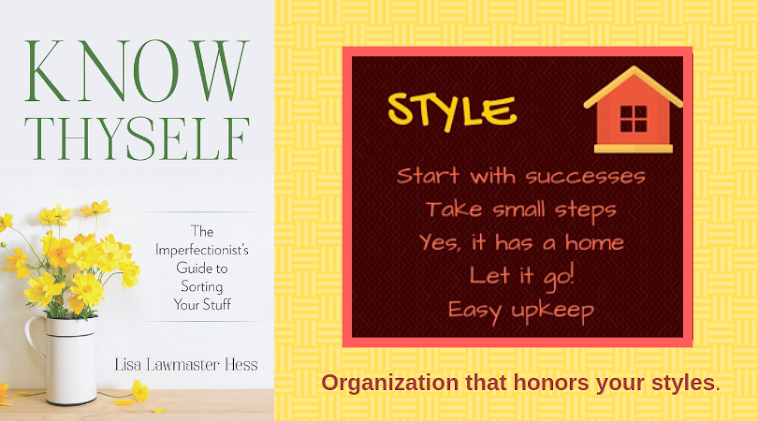 |
| Photo: Dodgerton Skillhause via Morguefile |
Focus on the visible. Most of the things on my list made little visual impact, whether done or undone. Since tackling them made an impact on my stress level (decreasing it), I'm glad I did them, but next time, I might try to do more things (at least five of the ten) that make the visual impact my I need to see it personal style craves.
Focus on the weighty. Not weighty in terms of physical heaviness, but weighty in terms of mental heaviness. Before beginning, it’s worth considering which tasks are weighing on you and how long it would take to get those things done. If time permits, do the one that will give you the greatest sense of accomplishment first.
Focus on getting the biggest bang for your buck. This might mean doing several related projects (balance the checkbook, pay bills, reconcile receipts -- that's three things, by the way) as part of your ten or, it might mean doing one thing that's standing in the way of tackling another project. Alternatively, it might mean beginning with the question, "how much time do I have?" and making your list accordingly. I had a whole afternoon at my disposal, so I was likely to accomplish several things, even if I worked at a leisurely pace. If I'd had only an hour, I might have chosen my tasks differently.
My afternoon of 10 Small Things made a dent in what had to be done, and eased some of the deadline stress I was feeling as a new semester approached. This week, as my days are carved up by classes and appointments and my time at home is greatly reduced, I can still feel the impact of tackling those looming tasks. Because they're no longer lingering on my dining room table or in my mind, I can approach what I need to do today with fewer distractions. Little by little, I'll chip away at the remaining tasks but, because the big stuff is done, getting them done is easier.
It's a process.

















